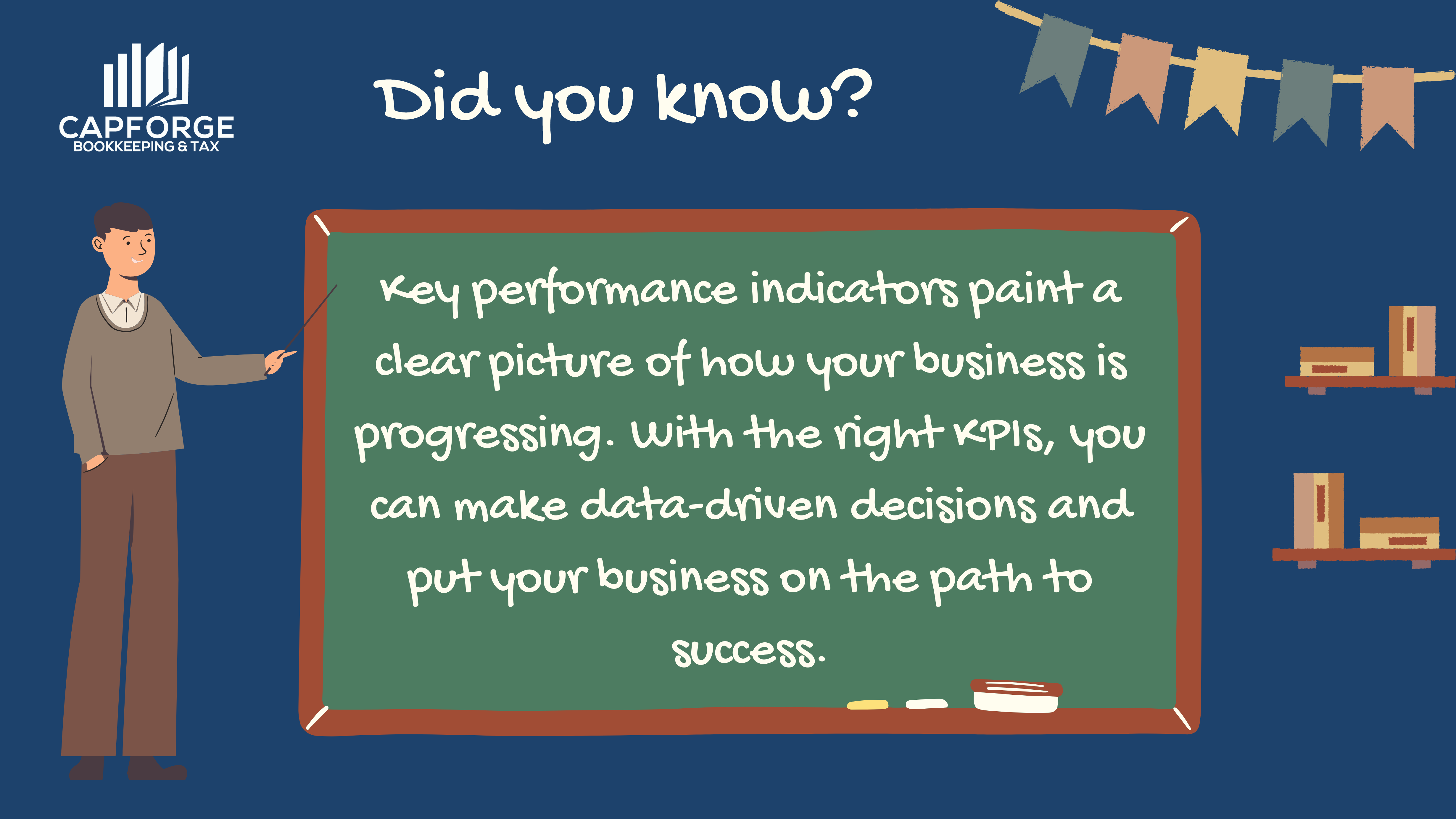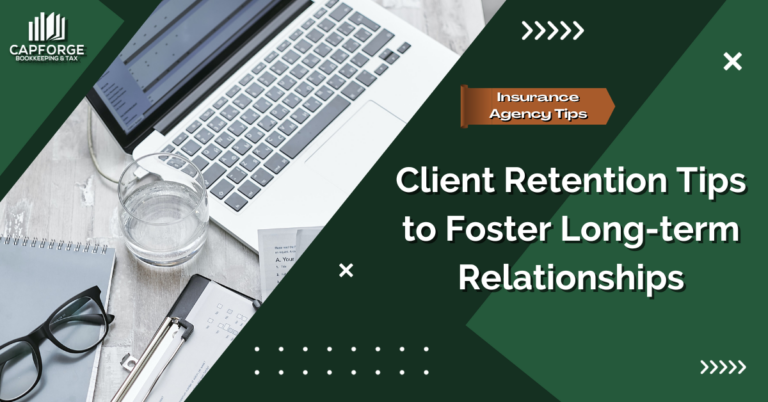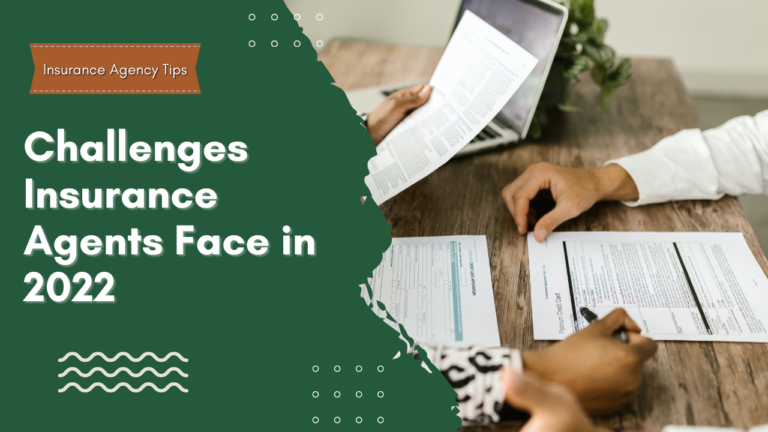Insurance Agency KPIs You Need to Track
As an insurance agency owner, one of your top priorities is to ensure the growth of your business year in and year out. To achieve this, you’ll need to track your agency’s performance in the form of key performance indicators (KPIs). Insurance agency KPIs are the metrics that give you a brief overview of how your business is performing. When you analyze these numbers, you get a good idea of your agency’s strengths and weaknesses, thus allowing you to make the adjustments necessary to succeed.
With insurance agency KPIs, you can optimize your business performance and position your staff in the best place to succeed. In this article, we’ll discuss the top metrics that you need to track so that you can facilitate growth within your agency and execute your business strategy more effectively.
Why do insurance agency KPIs matter?
Insurance agency KPIs are more than just numbers. They’re tools that determine whether your business is meeting objectives or not. When you track KPIs, you hold your staff accountable for their performance. The metrics remind your team members of their duties and responsibilities and that you want to see progress along the way.
Every thriving business knows the importance of tracking valuable metrics because it keeps its objectives in sight. For this reason, KPIs are essential for short-term and long-term growth as it provides information that enables you to make data-driven decisions.
You’ve probably heard of the saying, “what gets measured gets done,” and this certainly applies to insurance agencies. Performance management is vital to a people-based industry like insurance, and employees feel a boost in morale whenever they can monitor their output. With built-in transparency in work effort, everyone can stay on the same page and contribute to the best of their abilities.
Good KPIs give you f. With that said, we’ll discuss three categories of KPIs that are cost-related, productivity-related, and lead-related. All these will give you a deeper understanding of how your business performs and allow you to optimize it for growth and sustainability.
Cost-related insurance agency KPIs
Cost-related KPIs are the numbers linked to the expenses your business makes during the sales stage. Here are a couple of metrics that you should keep an eye on under this category:
1. Cost per bind
This KPI refers to how much it costs to bind a policy and acquire a client. You must measure this KPI every month to keep your cost per bind low.
2. Cost per quote
Cost per quote refers to how much it costs for your agency to put a quote for the client. Having a low cost per bind with a high cost per quote means clients aren’t interested after receiving the estimate. When this happens, you want to monitor your cost per quote weekly or daily to address potential bottlenecks.
3. Cost per lead
Cost per lead is a metric that lets insurance agents know how cost-effective their marketing campaigns are. You must measure the effectiveness of your marketing efforts so you don’t go way over budget, and the cost per lead will help you determine that.
Lead-related insurance agency KPIs
If you want to know the quality of your leads, then rates are a good metric to track. The number of leads you’ll acquire will vary depending on how well your sales pipeline works. To identify any issues, you must look at the success rates to pinpoint potential bottlenecks. Here are a couple of examples of lead-related insurance agency KPIs:
1. Quote rate
Quote rate is a good indicator of employee performance as it measures the number of quotes an agent sends versus the number of leads they contact. You can break down this KPI per agent to better understand your staff’s performance.
2. Bind rate
Bind rate refers to the percentage of quotes your agents convert into legally binding policies. Again, it’s a good measure of your staff’s performance as the KPI shows which agent can close deals.
3. Contact rate
Contact rate measures the number of leads you can contact after reaching out once. If the client responds to the initial contact, there’s a good chance they’re interested.
Time-related insurance agency KPIs
Time is of the essence when it comes to insurance agencies. These KPIs measure the level of client satisfaction and the efficiency of your employees. Some examples of time-related KPIs include:
1. Underwriting speed
The most notable time-based KPI is none other than underwriting speed. This KPI measures how long the underwriting process takes. The faster the underwriting speed, the higher the satisfaction rates for your clients. Factors that affect underwriting speed include thoroughness of client information and staff performance levels.
2. Producer talk time
This KPI measures how effective your insurance producers are at engaging with your clients. Producers with high talk time excel at communicating with prospects which is great for lead generation. If you notice that one of your producers performs poorly, you may consider investing in their training and skills development.
3. Average time to settle claims by policy
This KPI tracks the average length of settling claims depending on the policy type your agency offers. Each insurance policy will have different claim periods and lengths of settlement. Typically, auto insurance claims are faster to settle than medical claims, which is why this KPI exists.
Productivity-related insurance agency KPIs
These sets of KPIs measure employee productivity to give you an idea of how well each of your staff is performing. Take a look at the metrics that fall under this category:
1. New policies per agent
This KPI measures the performance of each agent in your organization. Insurance agency owners can compare the numbers between agents to see which sales team is the most efficient. Ideally, you should monitor this KPI weekly or monthly to keep an eye on your staff’s performance.
2. Underwriting expense ratio
Underwriting expense ratio refers to the agency’s overall expenses compared to its overall premium acquired over a specific period. The expenses cover onboarding, underwriting, customer service, and more. The goal here is to lower your underwriting expense as much as possible as a high underwriting expense ratio means a lack of staff productivity or efficiency.
3. Loss ratio
The loss ratio is a crucial metric for insurance agencies as it measures the profitability of your business. This KPI measures an agency’s losses from paid claims as a percentage of premium earnings. A high loss ratio signals financial distress, which is usually brought about by slow underwriting speeds, improper claims estimation, and prolonged claim cycle times.
4. Quotas vs. Production
If you want to measure the effectiveness of your staff at hitting their targets, then you need to track this KPI. There are two types of insurance agents; captive and non-captive. Captive agents are the ones that work exclusively for a single organization, while a non-captive agent sells policies from multiple companies.
This KPI motivates your team to achieve a realistic quota without discouraging them, essential for maintaining a high quota to production ratio.
How to keep track of insurance agency KPIs
Now, with all the different metrics we’ve mentioned here, it can be difficult to keep track of them if you don’t use a CRM tool. A CRM tool is an all-in-one software that helps you keep track of important metrics, automate processes, and develop stronger client relationships.
What’s great about CRM tools is that they simplify data collection and analysis to help you make data-driven decisions. It’s one thing to monitor your KPIs, but you can drive growth to your insurance agency once you take the right actions. There are plenty of great CRM tools out there available, so choose one that best fits your needs and preferences.
You want to ensure you’re consistent with monitoring your KPI numbers, or else you may find gaps in your agency’s performance. That’s why we recommend using CRM software, as it enables you to set goals for individual agents or entire teams. From there, you can set up timely communication so that everyone meets their goals and objectives.
Ultimately, it’s about quantifying your progress and making adjustments to ensure your business is heading in the right direction.
In summary
If you want to scale your business and attract more clients, you need to monitor KPIs. By keeping tabs on the right metrics, you’ll gain a deeper understanding of how your business operates and how you can optimize it. Keep track of the top insurance agency KPIs we’ve mentioned and give your business the best chance of success.
Profitability is essential to keeping your insurance agency afloat. If you need any help with professional bookkeeping, our team is ready to help. Feel free to fill out the form below, and our team will contact you shortly.









